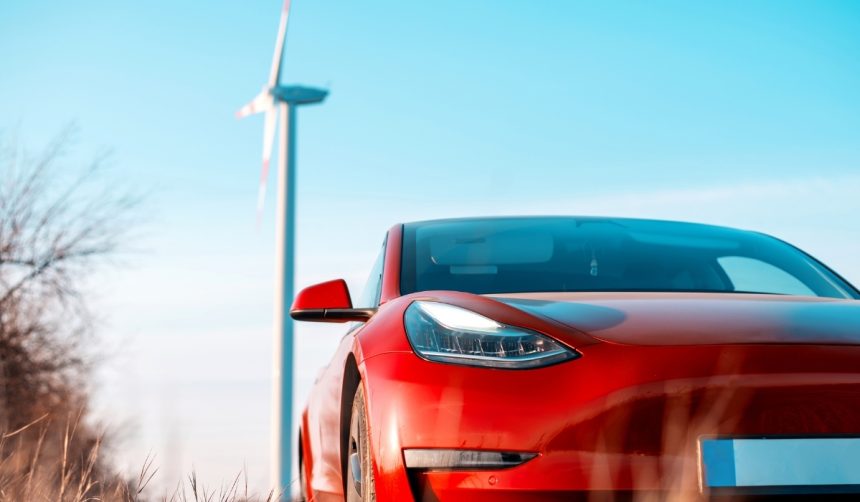Tesla continues to make strides in expanding its electric vehicle footprint beyond North America, as evidenced by the recent registration of several Cybertrucks across Europe. The presence of these vehicles in countries like the Netherlands and Belgium highlights growing interest and demand for Tesla’s unique electric trucks. Enthusiasts and early adopters are taking initiative to bring the Cybertruck to European roads, despite regulatory challenges.
Reports indicate that rapper Kosso has taken ownership of a Tesla Cybertruck, initially registered in Albania before being seen in Belgium. This suggests a strategic approach by buyers to navigate Europe’s diverse vehicle registration systems. The ability of consumers to import and register Cybertrucks from North America showcases the determination to drive innovation despite potential bureaucratic hurdles.
How Are Cybertrucks Navigating European Regulations?
Adapting to European safety and design standards remains a significant challenge for Tesla.
“One, the truck market in the U.S. is huge and two, European regulations call for a 3.2mm external radius on external projections,”
explained Lars Moravy, Tesla’s Vice President of Vehicle Engineering. The Cybertruck’s distinctive design, characterized by sharp angles and stainless steel panels, complicates compliance with stringent pedestrian safety requirements.
What Strategies Are Tesla Owners Using for Registration?
Tesla owners appear to be utilizing alternative registration processes to legally operate Cybertrucks in Europe. By obtaining plates from countries with more flexible regulations, such as Albania or the Czech Republic, owners can bypass some of the stricter standards imposed by other EU nations. This approach demonstrates a workaround that allows the vehicles to be used on European highways while awaiting official certification.
Will Tesla Officially Support Cybertruck Sales in Europe Soon?
Elon Musk has indicated that Tesla aims to certify the Cybertruck for international markets by 2025, focusing initially on North America this year. The company’s global display tours and plans to develop region-specific versions suggest a commitment to eventually bringing the Cybertruck to a broader audience. However, official support and certification will likely depend on Tesla’s ability to meet diverse regulatory requirements across different markets.
Earlier reports hinted at similar registration attempts, with Cybertrucks appearing in the Czech Republic and other European locations. These instances reflect persistent efforts by Tesla enthusiasts to secure the vehicle in Europe despite regulatory obstacles. The current wave of registrations marks a continuation of this trend, indicating sustained interest and the possibility of future official support from Tesla.
As consumer demand for electric trucks grows, Tesla’s ability to navigate European regulations will be crucial for the Cybertruck’s success in the region. Potential buyers can benefit from understanding the registration process and the company’s timeline for certification. Staying informed about Tesla’s regulatory progress and regional adaptations will be essential for those interested in the Cybertruck’s European presence.










